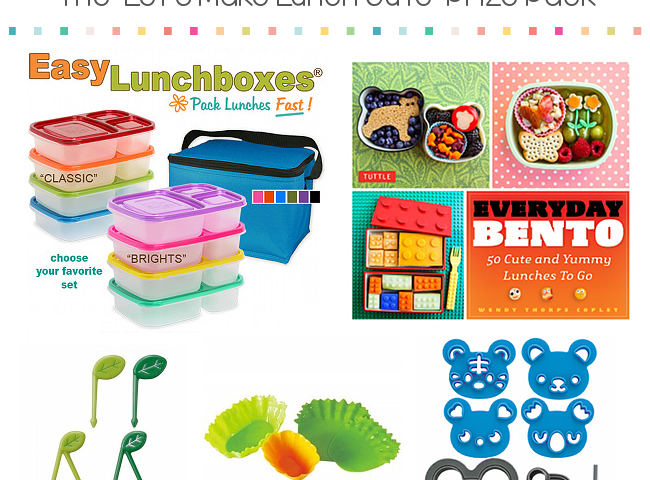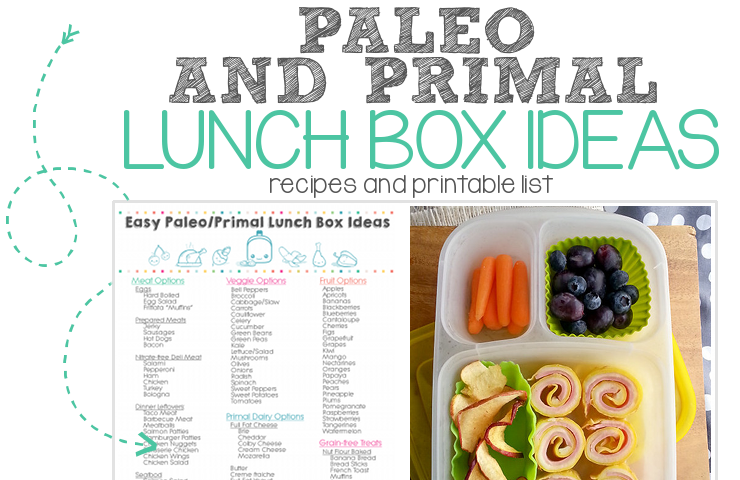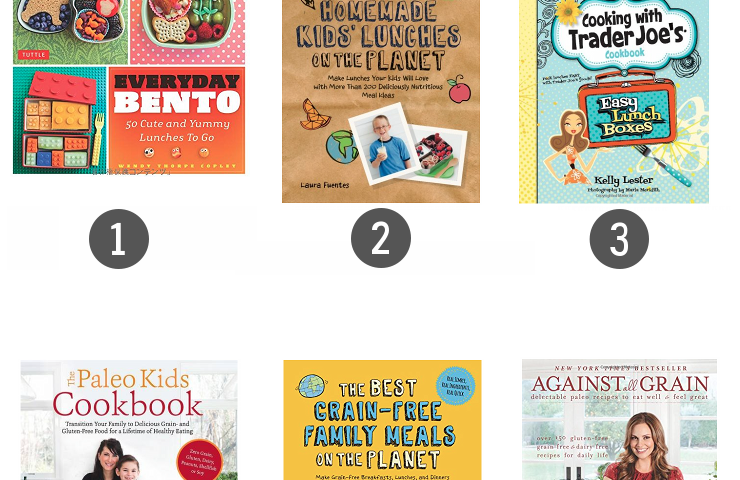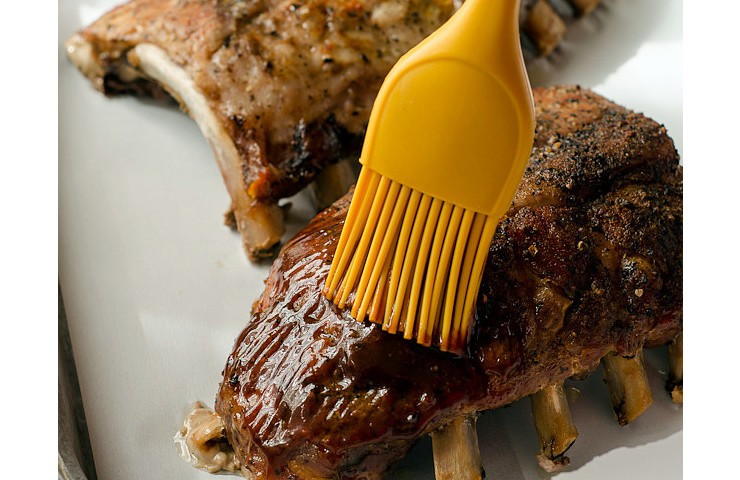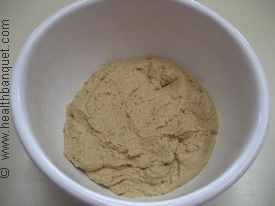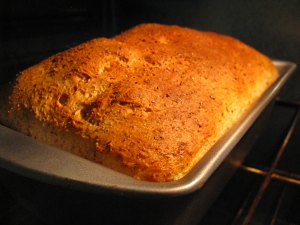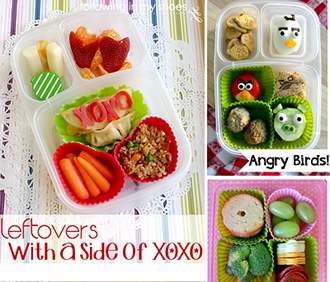Last night, thanks to a big mistake (otherwise known as “drinking coffee after 9pm”), I somehow stumbled across a few healthy living/real food blogs, where I read the words “sprouted,” “soaked,” and “kefir” more than once.
And . . . I was lost.
I *kinda* knew what kefir was, thanks to Facebook friends who post links about it. . . but sprouted and soaked breads? Where I come from, hearing those words associated with breads means your bread is way past the eating stage.
So, why were these women deliberately eating things like soaked whole grain bread and soaked pizza? Did it start as a horrible dare that went too far? Were they punishing their husbands for some horrible crime . . . like not putting the toilet seat down or pausing a second too long after the question “Does this make me look fat?”?
Um, no. They’re just trying to give their families the most healthy foods possible.
Wait — isn’t that what I’m trying to do? Create the healthiest lifestyle and menus possible? For my family?
So, how exactly are these terms kefir, soaked, and sprouted equivalent to “healthy?”
Kefir
Kefir can be made from all kinds of food products and is,essentially, fermented food or liquid.
Sounds just yummy, right? Well, just wait — did you ever eat sourdough or friendship bread? Those are fermented . . . you liked those, right? Right, so let’s keep an open mind (preaching to myself).
From what I’ve pieced together (thanks to spending hours on Google . . . sigh — remind me never to drink coffee at night again), Kefir is similar to yogurt in its healthy properties:
- Restores beneficial bacteria in the gut, which can help with ailments such as lactose/gluten intolerance, irritable bowel syndrome, and yeast infections.
- Aids digestion thanks to being partially broken down.
- Full of enzymes, which help your body digest, absorb and use your food.
- High in vitamins.
You can purchase ready-made kefir OR make your own milk-based kefir or make coconut-milk kefir, which can then be consumed “raw” or used to make prepared foods like ice cream, soups, or baked goods.
Soaked Grains
According to Health Banquet, soaking grains and flours is not new but a technique that’s been around for ages. The main benefit of soaking grain/flour is that is strips the grain of phytic acid.
Phyti-huh?
Phytic acid — something that “combine[s] with magnesium, calcium, copper, iron and especially zinc in the intestinal tract . . . blocking their absorption. That means there is less nutritional uptake by your body. . . [and] may lead to great mineral deficiencies and even bone loss.”
In other words, soaking your whole wheat/grain flours allows the true vitamin and mineral content to be nearly completely absorbed by your body . . . giving you the FULL benefit of eating whole grain bread (instead of the fake nutrition you get when you eat the .79 cent loaf from the grocery store).
According to all of the grain soakers I read last night, the “do-it-yourself” methods of soaking grains is a piece of [soaked] cake.
(sorry — couldn’t help myself)
Here are instructions and tips for grain soaking from Health Banquet, while Passionate Homemaking offers tips for adapting recipes for soaking.
Sprouted Grains
Several of the health and nutrition books I have read lately (such as The I Can Do This Diet, a book I love) have advocated the addition of sprouted breads to one’s diet. I took the advice and stored it away for a rainy day.
Why? Well, mainly because the books recommended pre-made sprouted breads; while these breads ARE among the healthiest possible bread options, they are also some of the priciest. This mama is too cheap frugal to commit to purchasing sprouted breads.
Apparently, there are other people just as frugal as I am, because it didn’t take long to find directions for making sprouted breads . . . AND making/growing the sprouts yourself.
Wait — aren’t you going to mention the health benefits?
Oh, yeah — thanks for the reminder.
Sprouted breads have nearly the exact same health benefits as soaked grain breads, but sprouted wheat breads (according to the Nourished Kitchen) also:
- contain four times the amount of niacin and nearly twice the amount of vitamin B6 and folate as unsprouted wheat
- contain more protein and fewer starches than non-sprouted grain
- is lower on the glycemic index, making it more suitable for those suffering from blood sugar issues.
Visit the Nourished Kitchen for instructions on how to sprout your own grains. It seems the ways to use your newly sprouted grains are endless — the sprouts can be put into salads or baked into breads or other baked goods, using the actual sprouts or homemade sprouted flour (but, as we all know, cooking the sprouts does slightly diminish their nutritional value, so if you want the FULL, good-for-ya impact, use the sprouts raw when possible).
And, now — the important question: What is Rachel going to do?
After the hours and hours reading about kefir, sprouts and soaking bread. . . I have to admit I’m more than a little curious. A few months ago, I would have said, emphatically mind you, “No WAY. Not for me.”
But after weeks of working hard to live healthy and make a better quality of life for my family, the crunchy idea of these “real” foods isn’t too weird for me anymore.
In fact, I have a yummy, yummy whole wheat bread recipe (the one I’ve been using for about 2 months now — each week — to make our bread) that I’m going to adapt.
Am I going to use kefir?
Am I going to soak the flour?
Am I going to use sprouts in some way, shape or form?
Not sure yet . . . you’ll just have to stay tuned!
